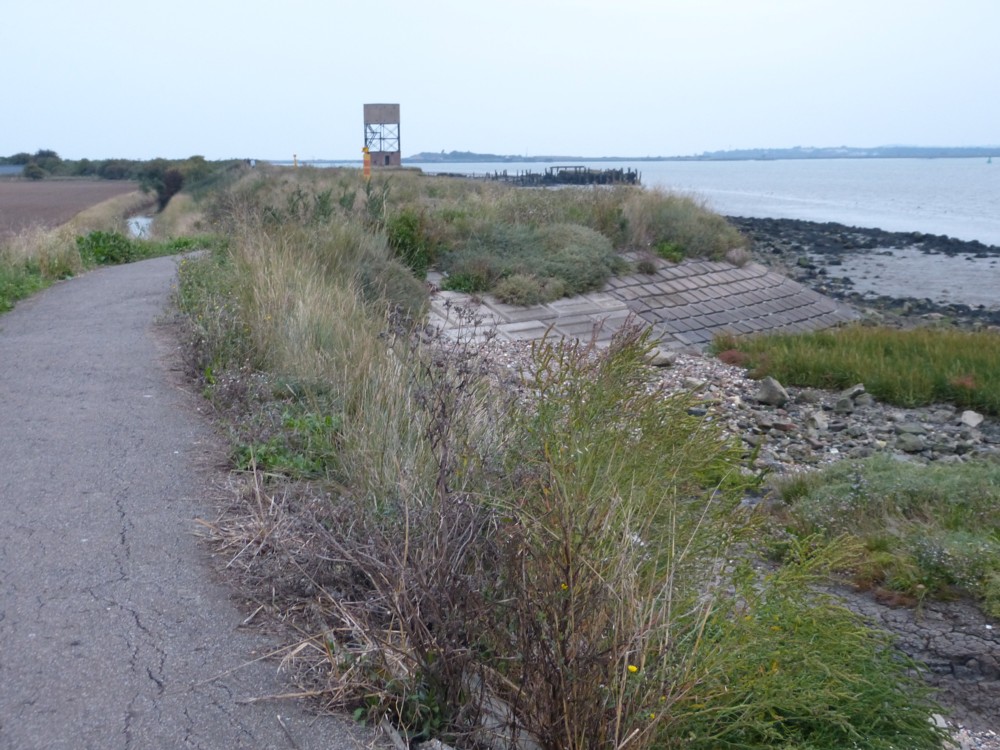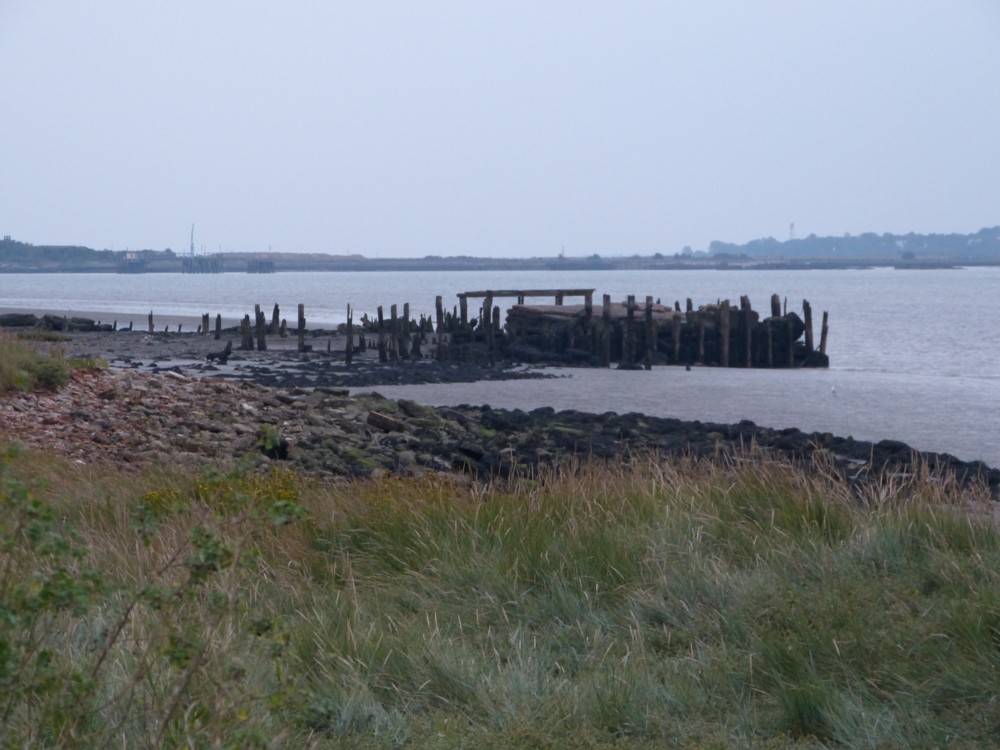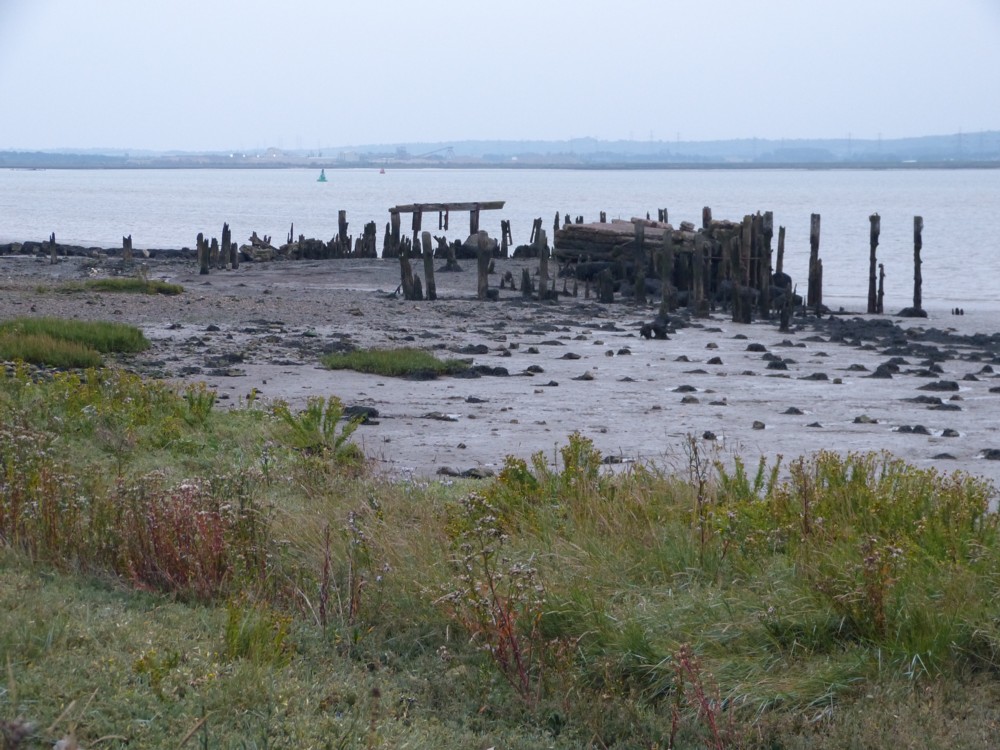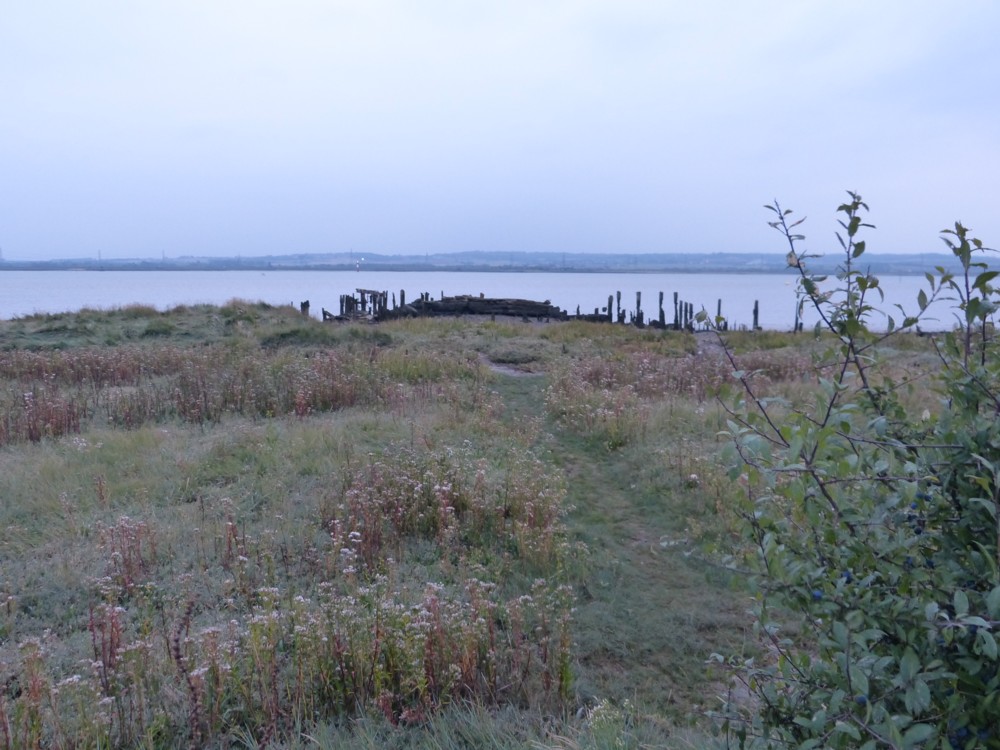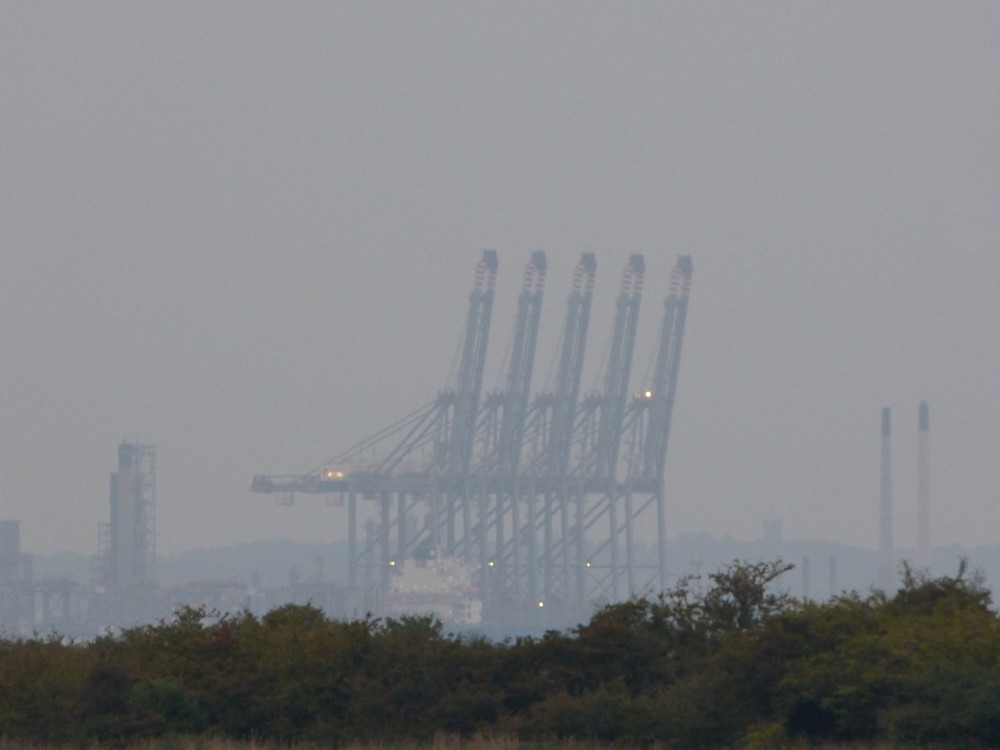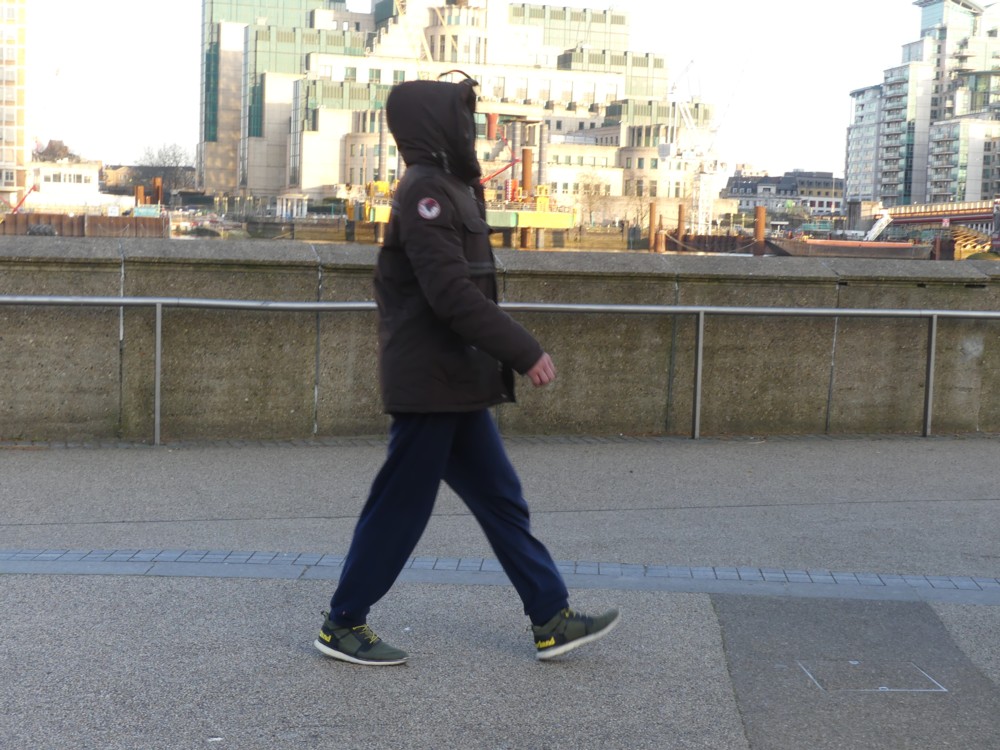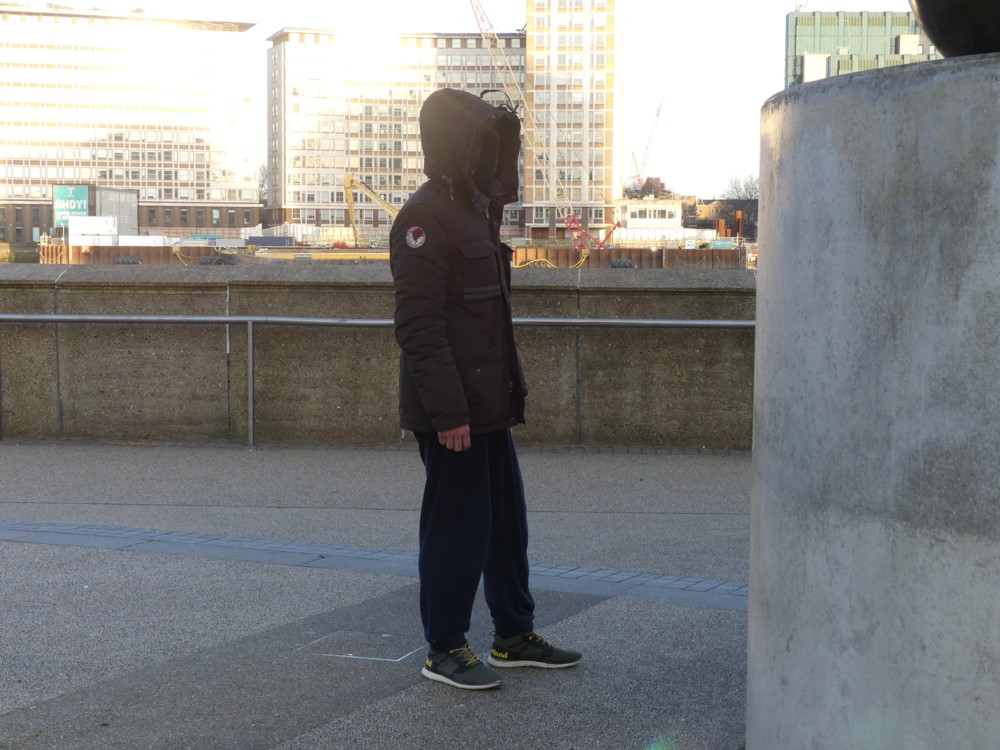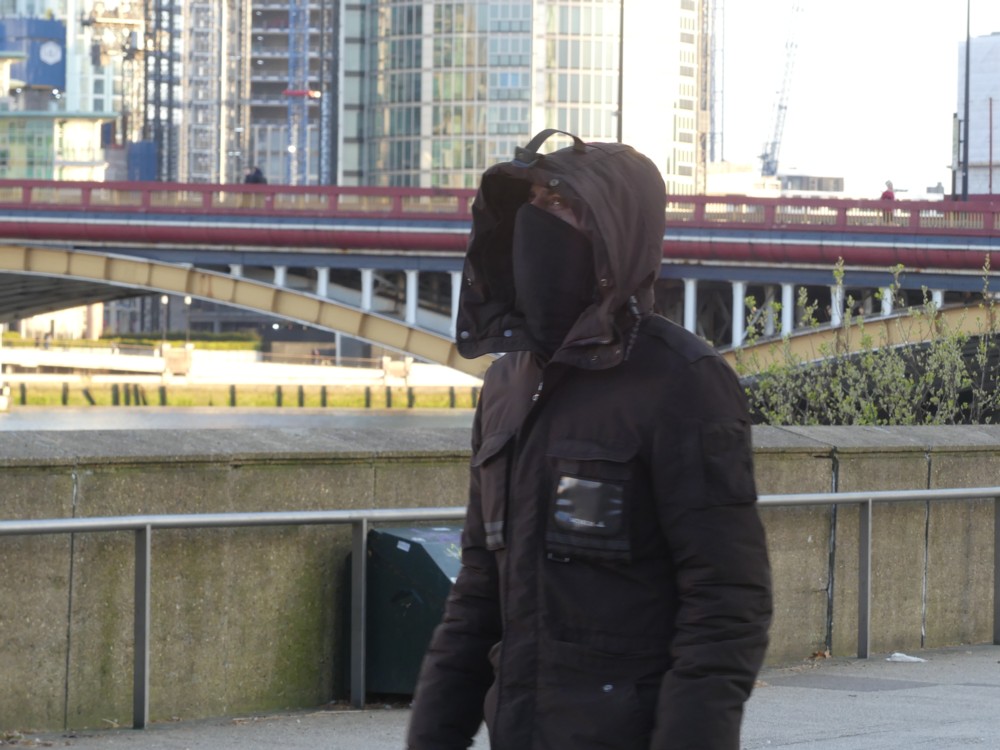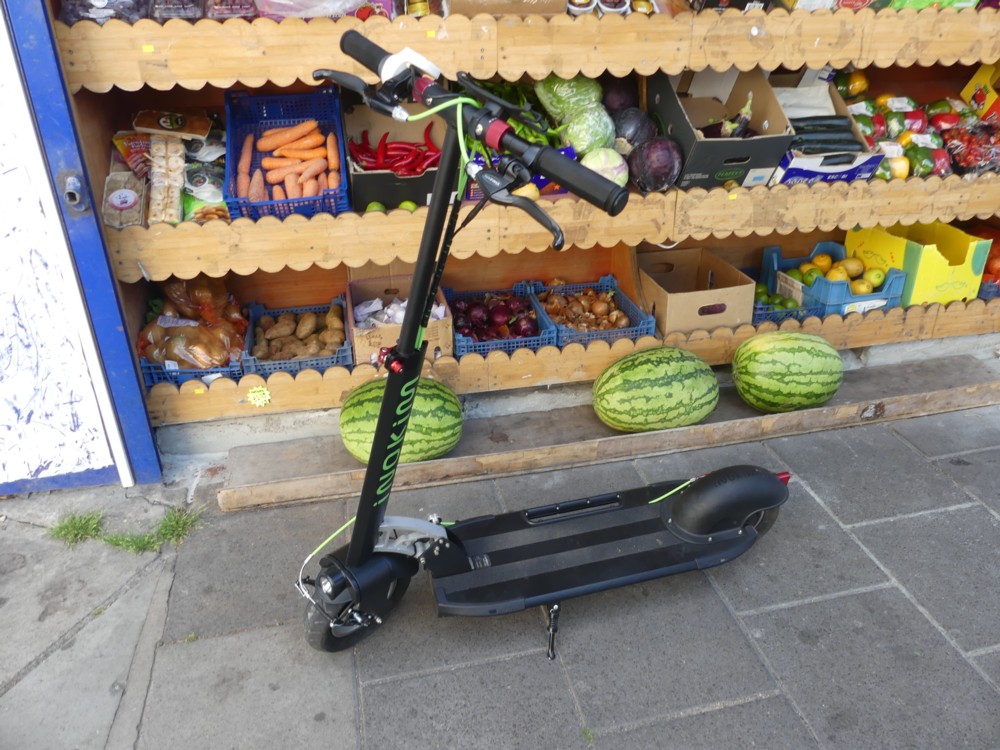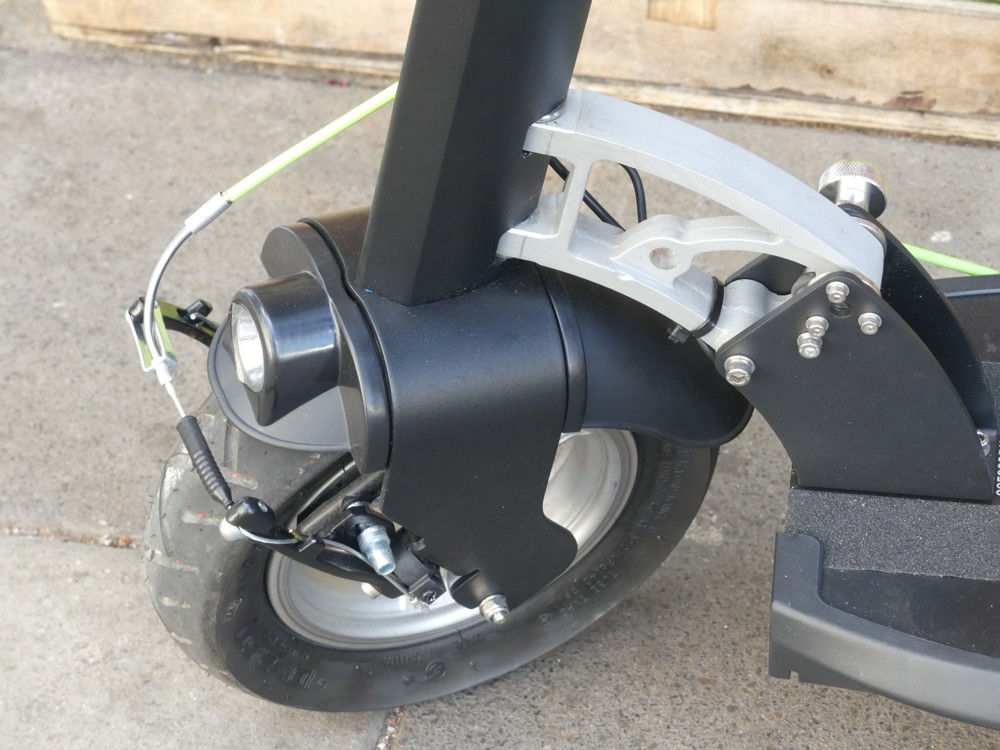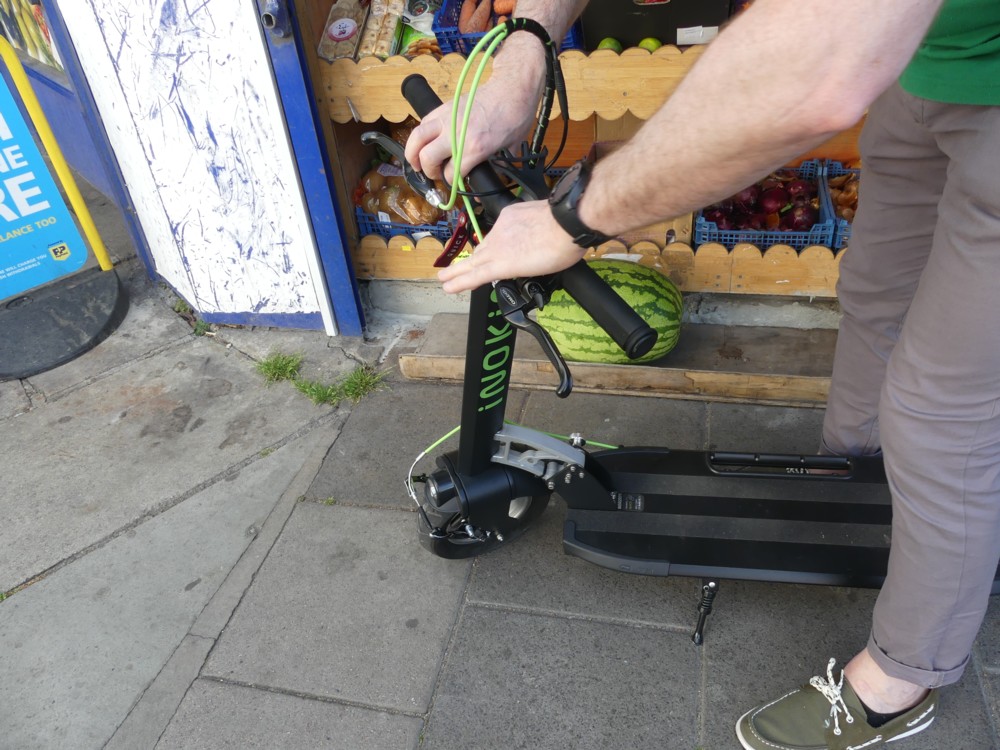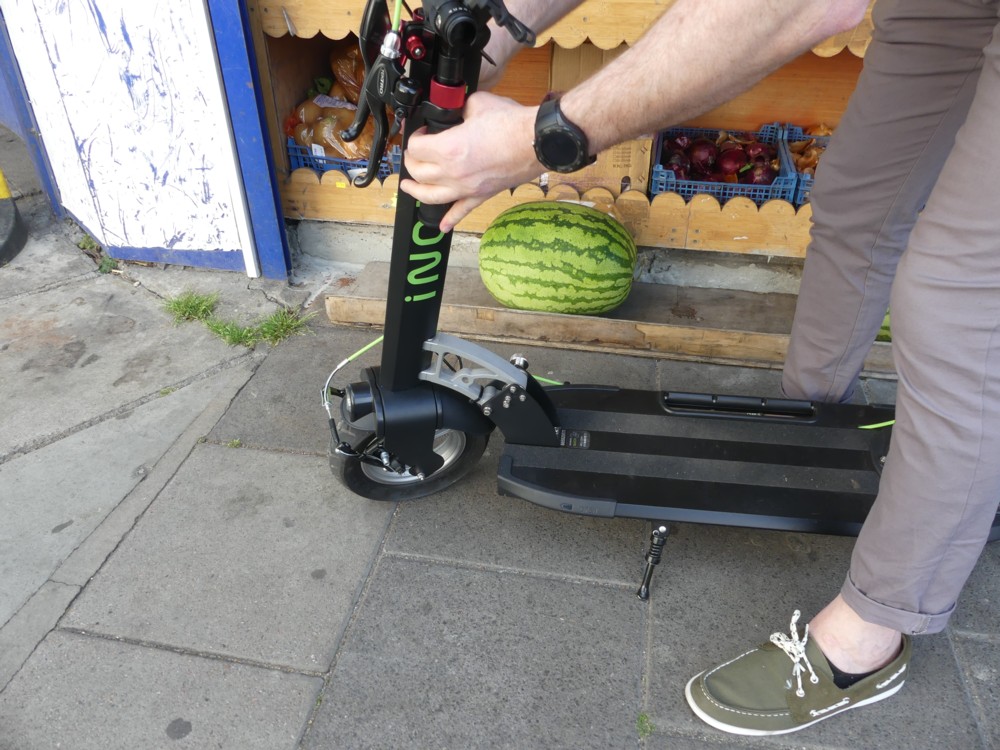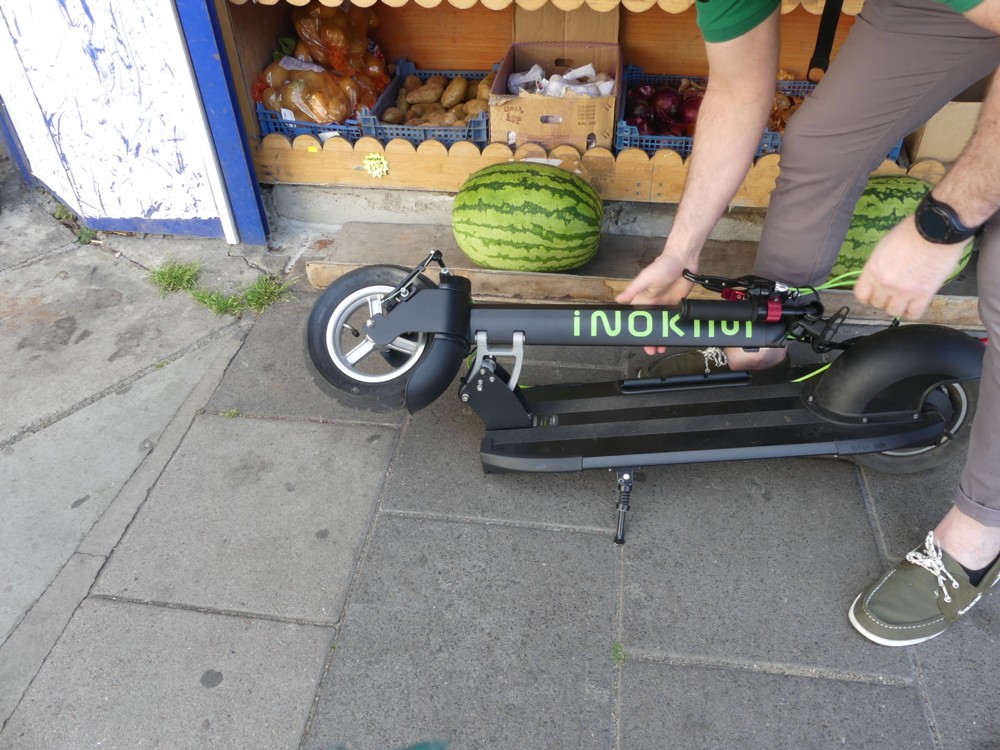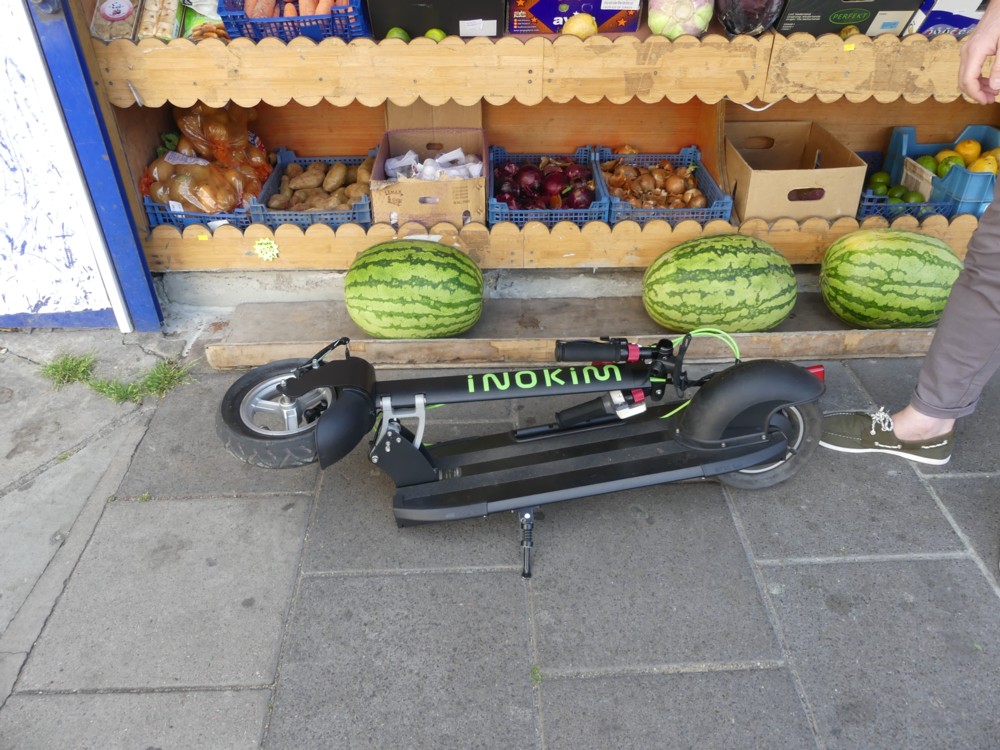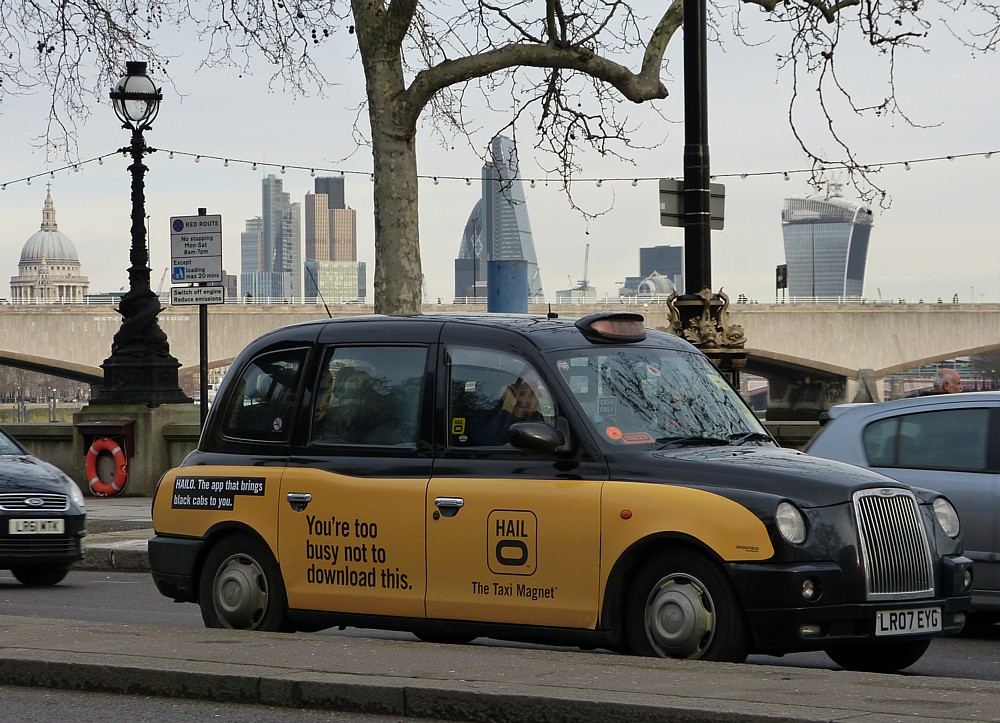I get nostalgic about cars, even though cars have clearly improved quite a lot since my childhood. But the trains of my childhood, them I do not miss. The average train in Britain has, I think, got a lot prettier and nicer to use than the immediately-post-Beeching clunkers I used to travel in from Egham to Waterloo.
Recently, in connection with some forgettable muddle concerning some bad weather which had disrupted train services, I came upon a photo that illustrated this. Or I came upon another photo, and googled “azuma” (sounds like an on-line gambling den), and got to this photo, whichever:
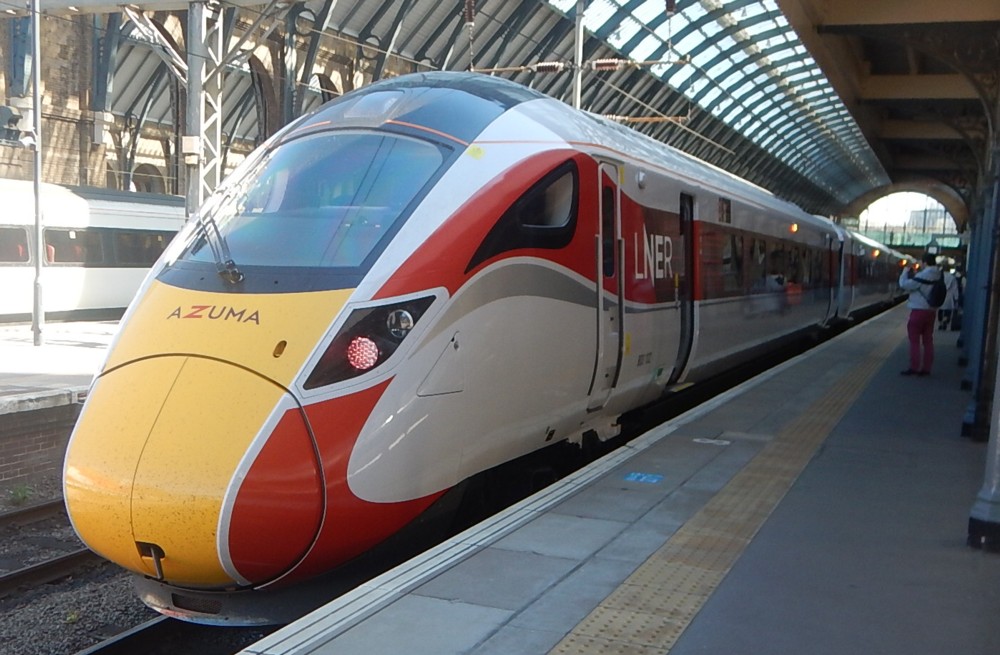
My point being that that is a really sweet looking train, compared to the lumpish Southern Region trains I remember. Automatic doors have replaced doors which were like the doors of bank safes. Light materials have replaced heavy materials. There is elegant streamlining sculpture at the front. The carriage is one long single compartment, instead of divided into separate compartments, in which you could get stuck with a weirdo. (I realise now that I was often that weirdo.) That kind of thing. Just getting on and off these horrible old trains took about three minutes, compared to the about-one-minute process that happens now.
Well, more recently, on another random walk through The Internet, I came upon this amazingly angry blog posting, about double decker trains, which featured this amazing photo, of a British double-decker train:

Double decker trains are common on the Continent, but not here in Britain, and this angry blogger is not happy about this! But the reasons for their absence here seem to be more complicated than I had supposed. It’s not that there is simply no room for them under our bridges. It seems that they were tried (see above), but were not persisted with.
This intriguing graphic shows that actually, Britain could accommodate such trains, if it wanted to:
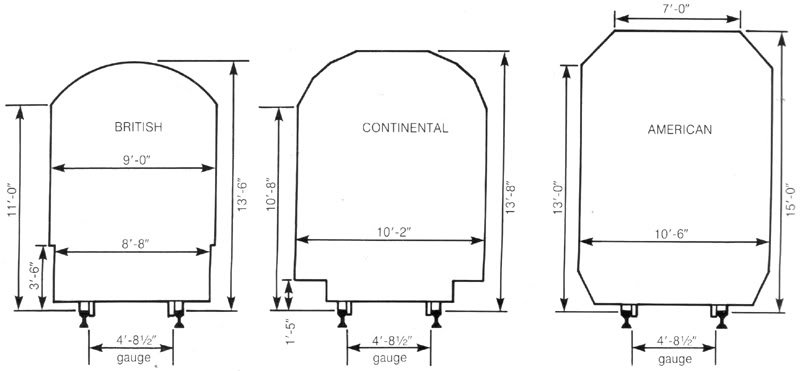
I did not know this.
Unlike this angry writer, of the angry blog post where I found these images, I am quite used to not understanding why something has happened that makes no sense to me, or in this case has not happened when it might make sense to me. No doubt those far closer to the action than me or than Angry Blogger have their reasons. Also, Angry Blogger doesn’t think like an economist or a man of business, but more like a Continental dirigiste. He wants double-decker trains! If those who should have arranged this, but who didn’t, chose not to because of various quite subtle trade-offs involving how many more people you can actually fit in a double-decker train (what with having to include the stairs), how much longer it might take for people to get on-and-off them, what sort of extra air conditioning might be needed, how much heavier and more structurally robust everything might have to be, blah blah blah, then as far as Angry Blogger is concerned, it is because they lack Vision! Not because they might have looked into it, and decided to spend their limited budgets in other more humdrum and more sensible ways. (I don’t know what Angry Blogger thinks about HS2. I suspect him of broadly favouring it, but of thinking that it’s being Done All Wrong!!!)
The other thing I like about the photo of the double-decker British train is that it illustrates all that old school clunkiness that used to afflict British trains of all kinds, way back then. Yes, I remember now. I think I got into all this double-decker train stuff simply because I was looking for a picture of a clunky old train, and came upon this clunky old double-decker train.
Dig deeper into the British double decker train issue, by becoming a follower of this Twitter group, to whom Angry Blogger (to whom deep thanks despite everything) links. Where it says:
Not followed by anyone you’re following.
It figures.
Meanwhile, it is clear to me that we in Britain have double-decker buses, unlike on the Continent, because, unlike them, we have Vision!

